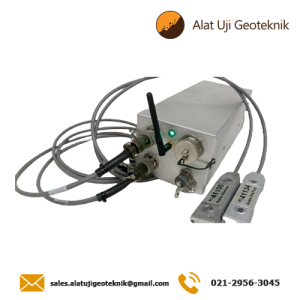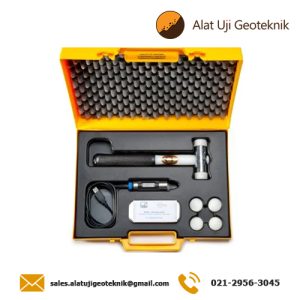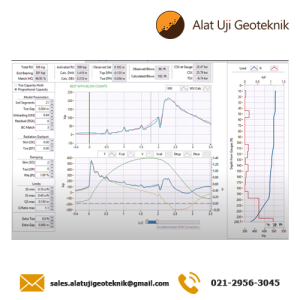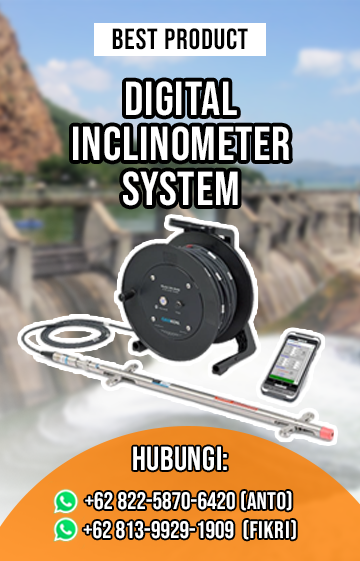Description
Overview:
While normal (1D) CSL can only show the depth of an anomaly, tomography can help in the visualization of the shape, size, and location of anomalies. It is an analysis and presentation method of captured CSL data, that projects the logged results into two dimensional (2D) plane or three-dimensional (3D) body.
What is calculated?
Some of the tomography techniques described herein are linear – assuming that waves travel in straight lines. Tomography usually uses velocity or energy data. To convert those into linear quantities, propagation time is used for velocity, and attenuation is used for energy.
More advanced tomography techniques use bent-ray and wavefront analysis in an iterative approach.
In CHUM (Cross Hole Ultrasonic Monitor), the operator may choose FAT-based tomography, attenuation-based tomography, or a combination.
Logging of the data:
Several methods for data logging exist:
-
Single depth encoder (not used by CHUM): The cross-section is logged three times: Horizontally, +45°, and -45°. The three cross-sections are combined in a post-processing phase. The distribution of information is uniform all over the cross-section and does not concentrate on the suspected zones. (pictures 1-1).
-
Two depth encoders: Horizontal and diagonal readings are logged in the same cross-section. The operator collects much more information around defects, at any angle, and a normal amount of data on good pile sections, This results in a better resolution, and smaller logs (Better information distribution) (pictures 1-2)
-
Multiple receivers: are chained at fixed distances to the same line, and the data gathered is the same as in (1), The section needs to be logged once. This method, popular in geophysics, is hardly used in piling.
Real-Time tomography:
(Unique to CHUM)
Real-time tomography allows viewing the defect shape while the logging is being performed. The operator starts with both probes at the bottom of the pile, and starts pulling. When encountering a defect, it will appear as a full-width void. At this point, the operator starts lowering and raising one or both of the cables to log diagonally. While doing this, the defect shape is formed on-screen. When done, post-processing, using any tomography method, can be applied to the logged data.
CHUM’s real-time tomography is a simplified version of fuzzy-logic tomography, which does not require a high-end computer to enable complex calculations in real time.


Picture 1-1 & Picture 1-2









Reviews
There are no reviews yet.